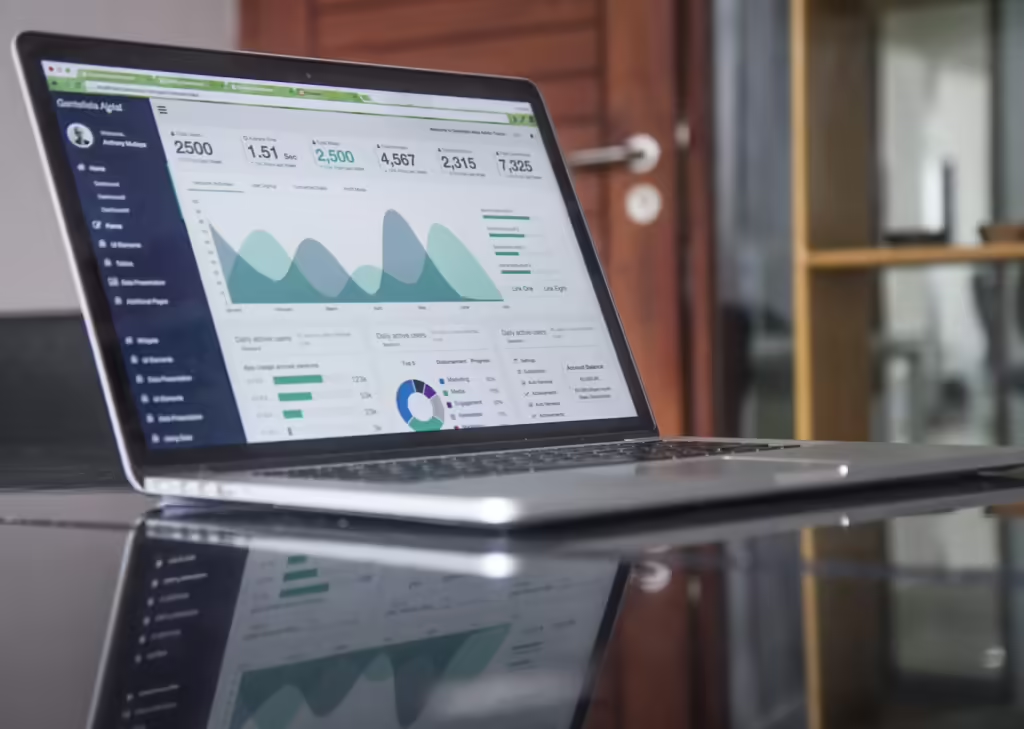Effective Ways E-Commerce Companies Can Protect Customer Data

Image source: freepik.com
Customer data management is an important part of any eCommerce organization. So much emphasis is placed on
driving the right traffic, optimizing conversions, and cultivating customer loyalty, but businesses must also ensure that they capture the right data while the customer is interacting with them, so they can tailor the experience and create a more personalized connection.
Furthermore, businesses must have a solid data strategy, and although that plan may change from one company to the next, there are certain fundamental data management best practices that apply across the board.
Understand data protection laws
Several businesses, such as healthcare and financial services, have their own set of laws because of the sensitive data they manage. It is vital that you grasp the rules that apply to your particular company. Other requirements to consider include the California Consumer Privacy Act (CCPA) and the General Data Protection Regulation (GDPR).
Regardless of the special limits that apply to your business, make sure you provide a simple way for website users to agree to grant access to their data, analyze the data you have on them, and request that their data be erased.
Create a data governance strategy
A data governance plan defines the standards for storing and processing data,
best practices for data archiving, and data exchange within the company. It is an important part of customer data management because it establishes corporate rules and practices and assigns data ownership and accountability to an individual or group.
A consistent procedure guarantees that data remains at the forefront of everyone’s attention and that everyone understands their role in the process.
Only collect the information you need
Data collection and storage have never been easier. As a result, many businesses wind up with an excess of data that takes up needless space and poses security threats.
You may save time and money by being cautious about the data you obtain, while also avoiding overburdening your team and customer data platform.
It’s important to identify what issues you want to solve and what sort of data you’ll need to do so. Whatever data you have, you must have a plan for how you want to use it.
Keep your data secure
Customer data is increasingly being exchanged online these days. Businesses must safeguard sensitive information against unauthorized access.
It’s a good idea to boost your cybersecurity by choosing platforms with impregnable security measures and having backup systems in place so that operations may continue uninterrupted in the case of a crisis.
Centralize data storage
It is best to keep all client data in one place so that no customer record is forgotten or lost. This guarantees that client data is easily accessible when needed.
Companies can also use an MDM (Master Data Management) platform, which acts as a central repository for all client data. Companies may use MDM to implement data governance and policies, as well as expedite data integration, cleansing, and enrichment.
Keep your client database tidy
A unified system provides superior analytics as well as the capacity to respond to customer demands and make swift business decisions based on real-time data.
This, however, is dependent on having clean, precise data. Customer trust may be destroyed by obsolete or incorrect information, which can be costly to your business.
Maintain data quality by regularly checking for and eliminating redundant data, duplicates, and inactive contacts. Automated data validation technology can also help with this procedure.
Educate your workforce
It is one thing to have a process and policies in place; it is quite another to guarantee that all employees are aware of them. Anyone who works with data should be taught the proper approach and methods.
Consistent data input practices, for example, can aid in data quality, and understanding possible security threats can aid in data security. Remember to reassess and adjust training as needed to reflect changes or developments.
Consider your technology stack
The usage of proper technology is required for successful customer data management. A customer data platform (CDP) collects and combines customer data from many sources, such as customer relationship management (CRM) platforms.
CDP grants you access to client profiles, as well as all related data, interactions, and history, providing you with a comprehensive picture of the consumer. Additionally, by integrating a CDP with a data management platform (DMP), you may deliver targeted advertising to prospects, enhancing performance.
Keep up with trends and regulation updates
Data management best practices continue to evolve. As technology evolves, so do consumers’ expectations, regulatory requirements, and privacy concerns.
It is crucial that you remain aware of the latest trends and regulations, as well as how they may affect your business. That’s why you must invest resources into staying up to date.
Now it’s your turn
With so many new methods to collect, manage, and analyze consumer data, having a plan for managing that data is critical, as is carefully considering what data you’re getting in the first place.
It’s also important to be sure that your technology stack is robust enough to support your current data management needs.
Customer data management best practices are essential, and every company should develop its own strategy. Managing customer data effectively can help grow your brand, increase sales, and improve customer satisfaction.





